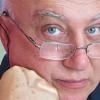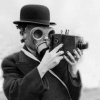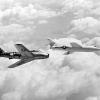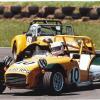The 1962 South African Grand Prix, held at the East London circuit on 29th December was the last GP of the 1962 season. However a Formula 1 race was held on same day prior to the GP.
The was the 21 lap 'Daily Despatch Trophy' which was won by Peter de Klerk in his Alfa Special.
Four drivers, John Love (Cooper 55), Neville Lederle (Lotus 21), Doug Serrurier (LDS) & Mike Harris (Cooper 53) all practiced for the Daily Despatch Trophy, as well as the South African GP. As all four drivers managed to qualify for the GP, they withdrew from the F1 race.
I think this is the only time a Grand Prix & a Formula 1 race has ever taken place on same day & same circuit.


















